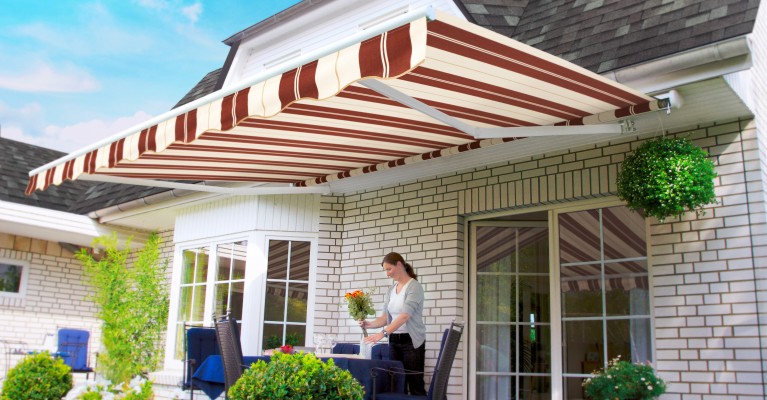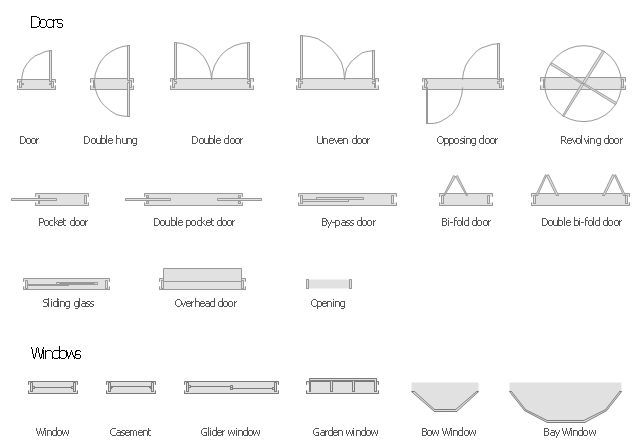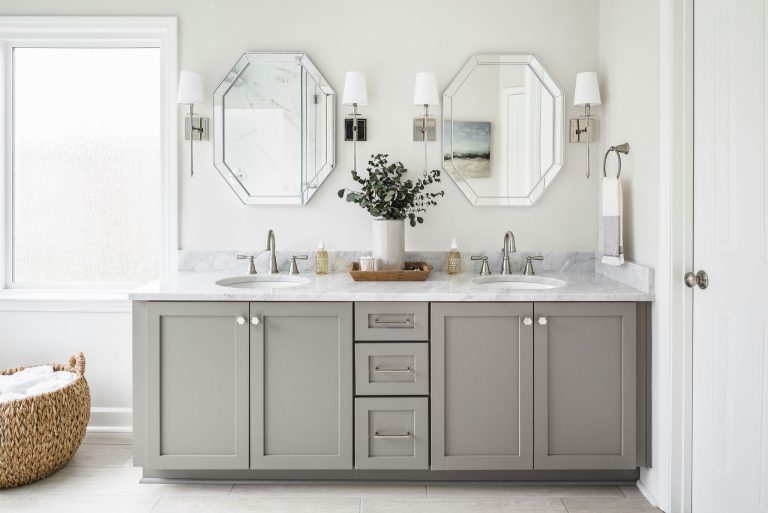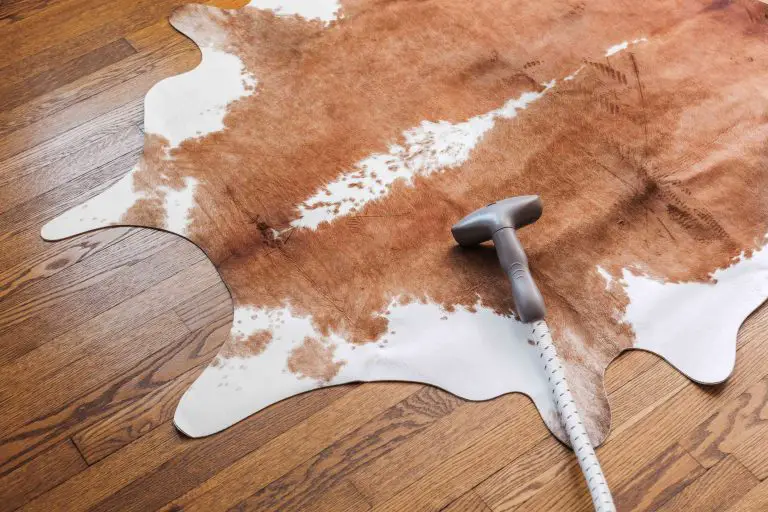How Are Awnings Mounted?
Awnings are a great way to provide shade and protection from the elements while still allowing natural light to enter your home or business. Awnings are typically mounted to the exterior walls of a building or structure. Depending on the size and type of awning, mounting can be done in several different ways, such as using brackets, straps, posts, or even directly to the building itself. Depending on the type of awning, the mounting process may vary, but usually requires some form of drilling or cutting into the exterior wall. It is important to use the right type of mounting hardware and ensure the awning is installed correctly to ensure its longevity.
Types of Awnings
and Their Mounting Methods
When considering awnings for your home or business, it is important to understand the various types of awnings available and the different mounting methods associated with each type. Fixed awnings are typically mounted above a window or door, using brackets or bolts. Retractable awnings are normally affixed with a system of springs and pulleys, allowing you to easily retract the awning when desired. Freestanding awnings are typically mounted on a vertical pole, providing a degree of flexibility when it comes to positioning the awning. Shade sails, meanwhile, use a system of cables and pulleys to create an elegant, sail-like canopy. Lastly, permanent awnings are normally fixed directly into the building’s structure, creating a more permanent fixture. Each type of awning and its associated mounting method can be used to provide shade and shelter, as well as enhance the aesthetics of any outdoor area.
Different Mounting Options
for Awnings
Awnings are an effective way to add shade to outdoor spaces and protect the interior of a home from the sun’s rays. However, having the right type of mounting is essential to ensure the awning is securely in place and can withstand the elements. There are various mounting options available when it comes to awnings, and each type has its benefits.
One popular option is the wall mount awning. This mounting option involves attaching the awning directly to the home’s exterior wall. This type of installation provides a secure and stable foundation for the awning and is easy to maintain. Wall mounts are also good for areas where space is at a premium, as they don’t require additional space for installation.
Another mounting option is the soffit mount awning. This type of awning is typically mounted on the home’s overhang or soffit. This type of installation offers more protection from the elements than a wall mount and is more aesthetically pleasing. It is also more secure and can be adjusted to fit the size of the soffit.
Other mounting options include pole mounts, which are ideal for areas where space is limited. Pole mounts are easy to install and maintain and they offer more stability than wall mounts. They are also great for providing extra shade for larger outdoor spaces.
Finally, there are free-standing awnings. These awnings are mounted on their post or stands and can be moved around to provide shade in different areas. Free-standing awnings are great for providing shade to larger outdoor areas and can be easily adjusted to fit the space.
No matter which mounting option is chosen, it’s important to make sure that the awning is securely in place and can withstand the elements. With the right type of mounting, awnings can provide years of protection and shade.
Benefits of Awnings
Awnings are a great addition to any home and not only provide aesthetic appeal but also offer a range of practical benefits. From improved energy efficiency to added protection from the elements, awnings can be a cost-effective and practical solution for homeowners. In addition, awnings can be mounted in various ways, making them a versatile and attractive option for many homeowners.
Awnings provide numerous benefits to homes, such as improved energy efficiency. By blocking the sun’s rays, awnings can reduce cooling costs significantly during the summer months. Furthermore, awnings can protect furniture, carpets, and other items from fading due to sunlight.
Other practical benefits of awnings include protection from the elements. Awnings can provide shade on hot days and protect against wind and rain. Additionally, awnings can help keep homes cooler in the summer and warmer in the winter.
Awnings are also a great way to spruce up a home’s exterior. With a range of materials, colors, and styles to choose from, homeowners can find an awning to match their home’s style and enhance its visual appeal.
Awnings can be mounted in a variety of ways, including wall-mounted awnings, window-mounted awnings, and free-standing awnings. Wall-mounted awnings are attached to the side of the house and are typically used to provide shade over decks, patios, and outdoor seating areas. Window-mounted awnings are attached to the window frame and are great for providing shade for windows and reducing interior heat. Free-standing awnings are not attached to the house and can be easily moved to provide shade in various areas.
Overall, awnings are an excellent way to add aesthetic appeal and practical benefits to a home. By providing energy efficiency, protection from the elements, and a more aesthetically pleasing exterior, awnings can be an excellent addition to any home.
Determining the Best Mounting Option
for You
When it comes to deciding how to mount your awning, there are several factors to consider. From the type of awning you are installing to the location of your home or business, the right mounting option can make a big difference in the success of your awning project. Before you make your final decision, it’s important to understand the different types of awning mounting options and how they can affect the overall durability, longevity, and appearance of your awning.
First and foremost, the type of awning you are installing will determine the type of mounting option you need. Wall-mounted awnings are the most popular, as they provide the most stability and security. Freestanding awnings, on the other hand, are typically mounted on posts or brackets and can be easily moved or adjusted. Additionally, motorized retractable awnings are typically mounted on either a wall or a roof.
The location of your home or business is also a key factor in determining the best mounting option. If you’re installing an awning in a windy area, for example, wall-mounted awnings are generally the best choice as they offer the most stability and security. If you’re installing an awning in an area that receives a lot of sunlight, you may want to consider a retractable awning as they can be easily adjusted to provide more or less shade as needed.
Finally, the material of your awning should be taken into consideration when selecting a mounting option. Generally speaking, heavier awnings need to be mounted more securely, such as wall mounting, while lighter awnings can be mounted with more flexibility.
No matter what type of awning or mounting option you choose, make sure that you use quality materials that are designed to withstand the elements and provide long-lasting protection for your awning. With the right mounting option, you can ensure that your awning will remain in excellent condition for years to come.

Preparing the Awning for Mounting
When preparing to mount an awning, several steps must be taken to ensure a secure and successful installation. First, it is important to ensure the mounting surface is level and secure. Depending on the type of awning, this could be either a wall or roof and the surface should be free of any damage or obstructions. Additionally, if the awning is to be mounted on a roof, it is important to check that the roof has adequate support and that the awning will not interfere with any existing fixtures or structures. Once the surface is prepared, the awning should be securely attached using the mounting hardware provided. Depending on the type of awning, this could involve either drilling into the surface or using a bracket system. After the awning is securely attached, the fabric should be properly adjusted and tensioned to ensure an even and attractive fit. With all these steps taken, the awning is now ready to be used and enjoyed.
Installing the Awning
Awnings are a great way to add style to any home. But before you can enjoy the benefits of your new awning, you have to mount it. Knowing how to mount an awning properly is essential, as it will ensure that your awning is secure and that it will last for a long time.
When it comes to mounting an awning, there are a few different methods you can use. The most common method is to use a wall-mounted bracket. This is a relatively simple process, as it only requires you to attach the bracket to a wall. Once the bracket is in place, you can then attach the awning to the bracket using screws or bolts.
For those who do not have a wall to mount the awning on, there are also other options. One of these is to use a free-standing support system. This type of system allows the awning to be securely mounted to the ground without the need for a wall bracket. This is a great option for those who want to install their awning in a place where there is no wall.
Finally, some awnings can also be mounted directly onto the roof. This type of mounting is more complex and requires more expertise to do correctly. It is important to make sure that the roof is strong enough to support the awning and that the awning is securely mounted.
No matter what type of mounting you choose, it is important to make sure that the awning is securely mounted. Proper installation and maintenance of an awning can help to ensure that it lasts for a long time and looks great. By following the instructions provided by the manufacturer, you can help to ensure that your awning is securely mounted and ready to enjoy for years to come.
Maintaining an Awning
Awnings are an attractive and affordable way to add shade and style to your home. But in order to keep your awning in good condition, they must be properly maintained. This includes knowing how to mount them correctly. Awnings are usually mounted to the wall of a building with special brackets and screws. It is important to ensure that the screws are properly placed and that the brackets are strong enough to hold the awning in place. If the awning is not securely mounted, it could become loose and cause damage to the building.
In addition to mounting the awning properly, it is also important to regularly inspect it for signs of wear and tear. Look for any loose or damaged parts, and be sure to clean it regularly. If you notice any signs of damage, it is best to get it repaired or replaced as soon as possible. Awnings are a great way to add shade and style to your home, but they must be maintained properly to keep them looking their best. By following these tips, you can ensure that your awning is securely mounted and well-maintained.
Troubleshooting Common Awning Issues
Awnings are a great way to provide shade and protection from the elements, but they can be prone to damage. Whether you’re installing an awning for the first time or troubleshooting existing awnings, it’s important to know how they are mounted and how to identify common issues. This article will discuss the different types of awning mounting options, provide tips for troubleshooting issues, and offer advice on how to ensure a secure awning installation.
Awnings can be mounted with a variety of methods, including wall-mounted, ceiling-mounted, and free-standing. Wall-mounted awnings are the most common type and are usually affixed to an exterior wall using brackets or hooks. Ceiling-mounted awnings are typically affixed to the ceiling using a cable or track system. Free-standing awnings are either supported by poles or affixed to the ground using anchors.
When troubleshooting awning issues, it’s important to identify the type of mounting system used. This will help determine the cause of the problem and the best way to fix it. Common issues include loose or damaged mounting brackets, loose or damaged cables, and tears or holes in the fabric.
In addition to identifying the cause of the issue, it is also important to ensure that the awning is securely mounted. This includes checking the mounting system for any loose or missing screws or bolts, ensuring that the mounting brackets are securely attached, and inspecting the awning fabric for any tears or holes.
By understanding the different types of awning mounting systems and how to troubleshoot common awning issues, you can ensure that your awning is securely mounted and well-maintained. With the right knowledge and care, your awning will provide you with years of reliable shade and protection from the sun and other weather elements.
FAQs About the How Are Awnings Mounted?
1. What type of surface is required for mounting an awning?
Awnings can be mounted on a variety of surfaces, including brick, stucco, siding, wood, and metal. The surface must be strong enough to support the awning and any additional weight, such as snow or wind.
2. Are hardware and mounting brackets included with awnings?
Yes, most awnings come with hardware and mounting brackets. However, it is important to check the product description to ensure that the necessary hardware is included.
3. Are additional tools required for mounting an awning?
In most cases, an electric drill and screwdriver are the only tools required for mounting an awning. However, depending on the complexity of the awning, additional tools may be necessary.
Conclusion
Awnings are a great addition to the exterior of your home. They provide comfort and protection from the elements, while also enhancing the aesthetic of your property. Awnings can be mounted in a variety of ways, depending on the type of awning and the structure of your house. For example, awnings may be mounted on existing walls, attached to columns or posts, or hung from an overhead structure. The installation process can be complex, so it is important to research the best mounting option for your particular situation and consult with a professional if needed.







